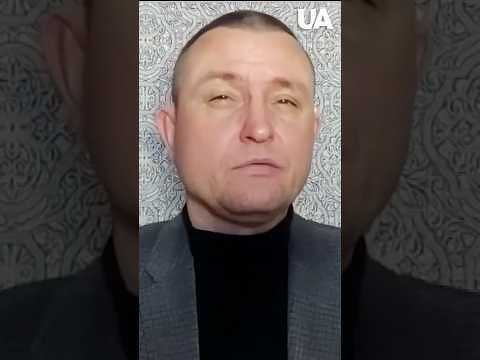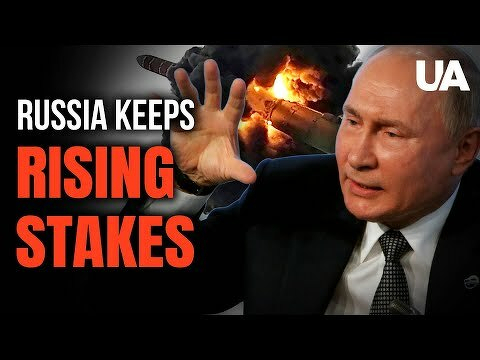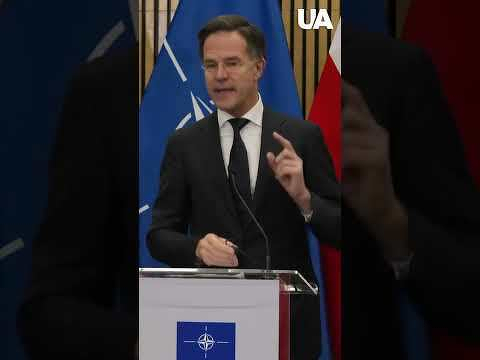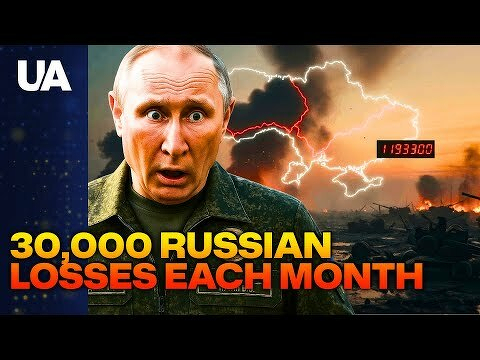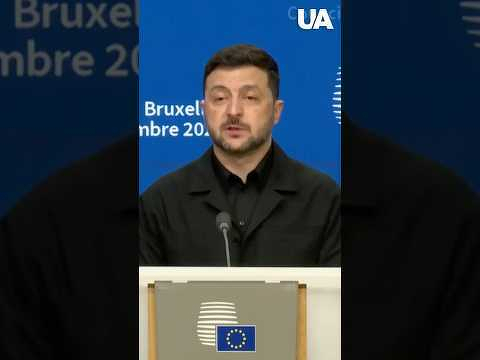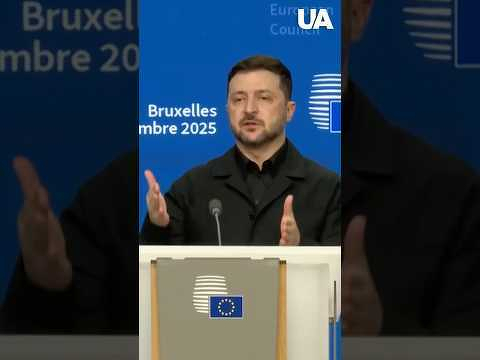
Reading

Spies, Lies, and Algorithms
Amy B. Zegart
Ukraine
Photos
EU leaders agree on $105 billion loan to secure Ukraine’s financing through 2027
Ukraine
Russia
Photos
USA
Trump says he hopes Ukraine 'moves quickly' as peace talks continue

Ukraine
Photos
'Irreparable loss' — Ukrainian Mi-24 helicopter crew killed in combat mission, brigade says
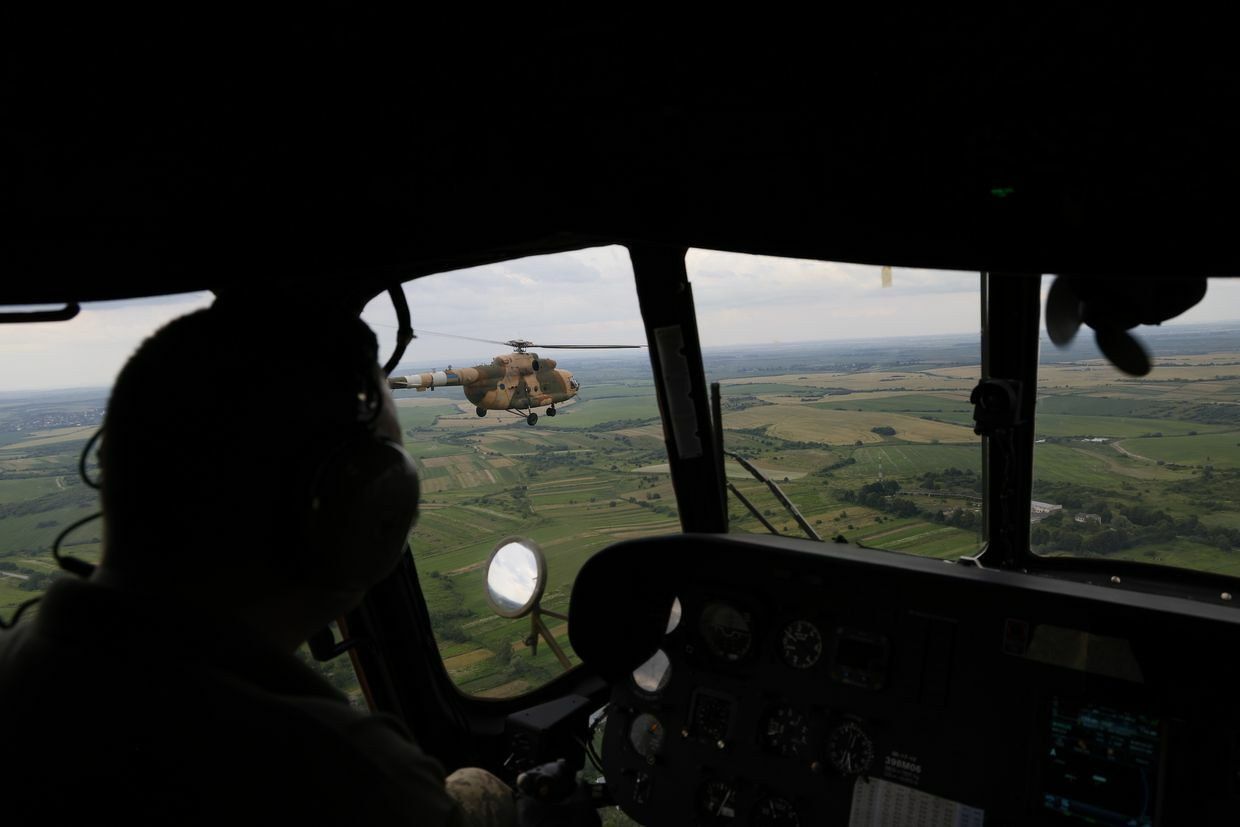
Ukraine
Photos
Ukrainian passport appears in newly released Epstein photos
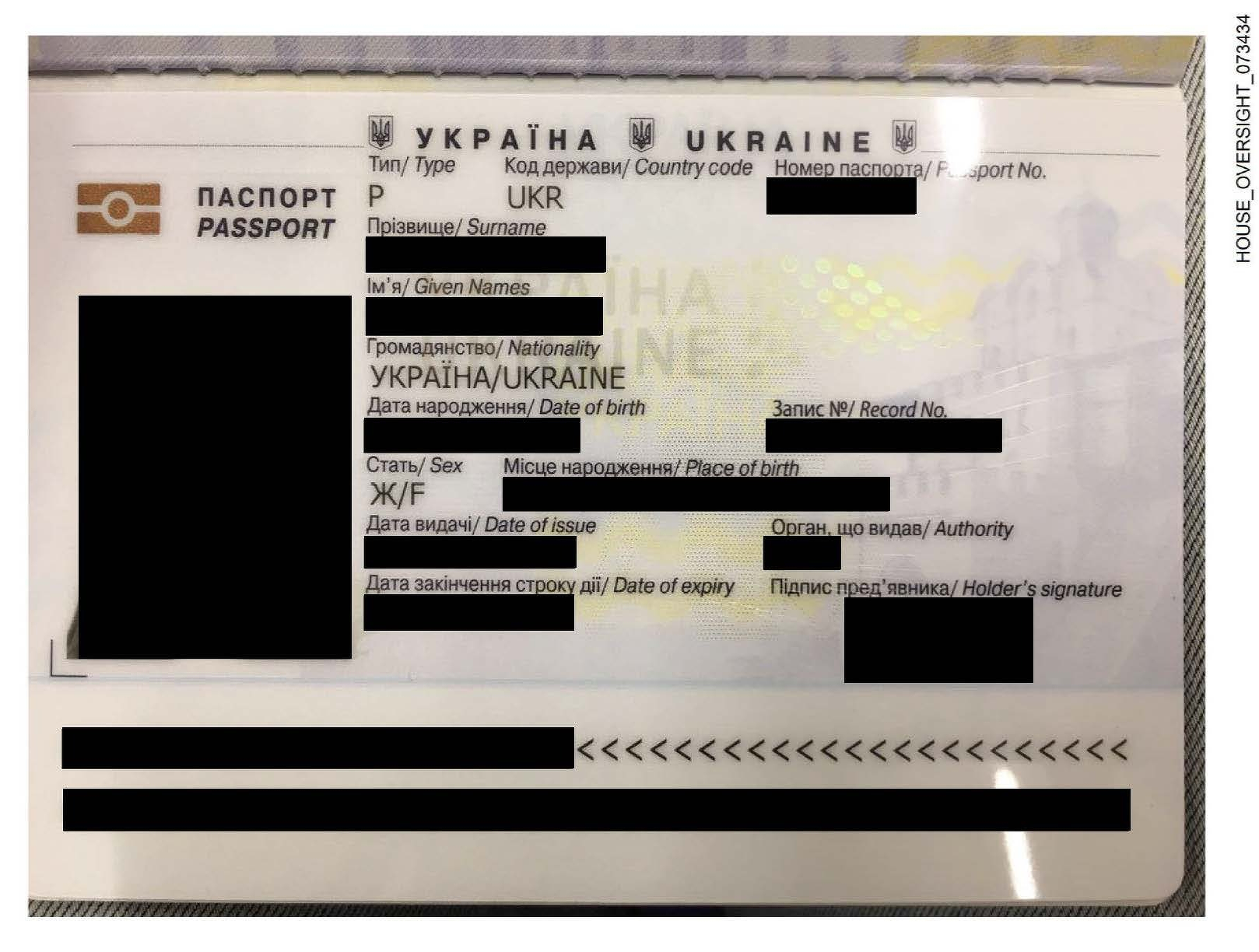
Ukraine
Russia
Photos
Russia's €210 billion to Ukraine – will the EU transfer the Kremlin's frozen assets?| News Pulse
Russia
Photos
Urgently! Kupiansk is almost liberated: the AFU drove the Russians out of 90% of the city
Russia
Photos
The Kremlin WILL NOT GO TO PEACE: Why Russia will not agree to any truce | Explainer
Ukraine
Photos
US, Ukraine minerals deal will finally go live in 2026
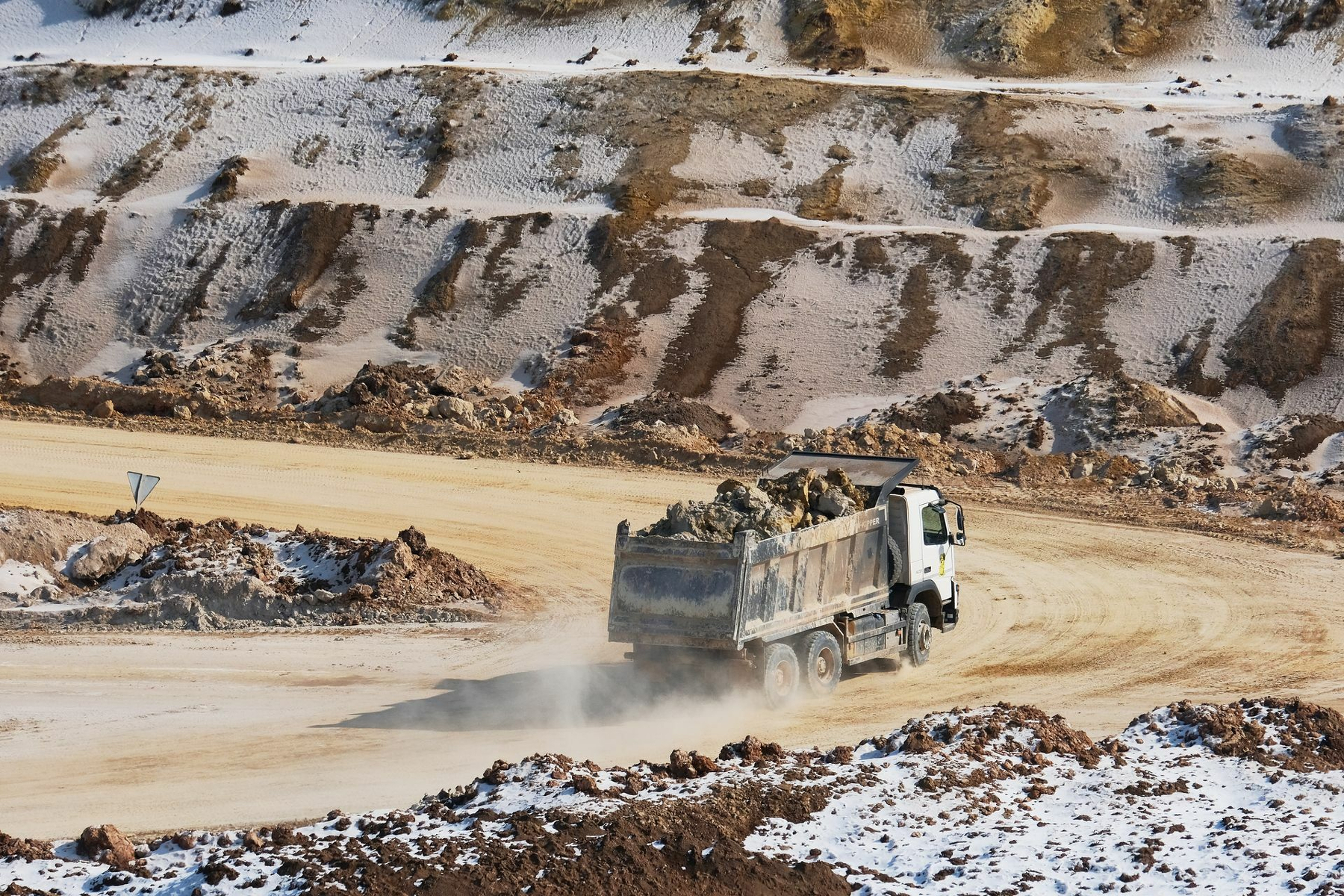
Russia
Photos
Russian drone hits civilian car in Odesa Oblast, killing mother and injuring 3 children, governor says

Photos
Zelensky arrives in Poland for official visit
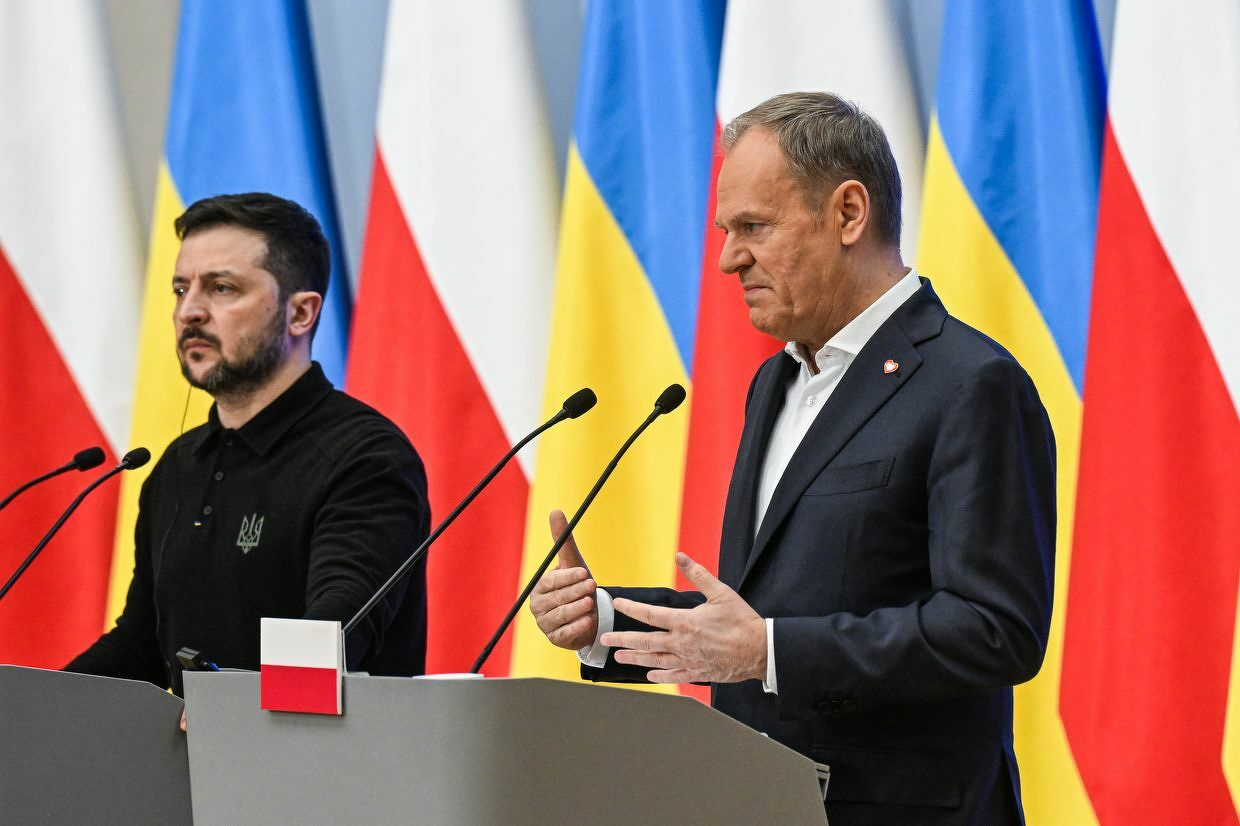
Ukraine
Russia
Photos
Putin, the people, or both? The unresolved question of responsibility in Russia
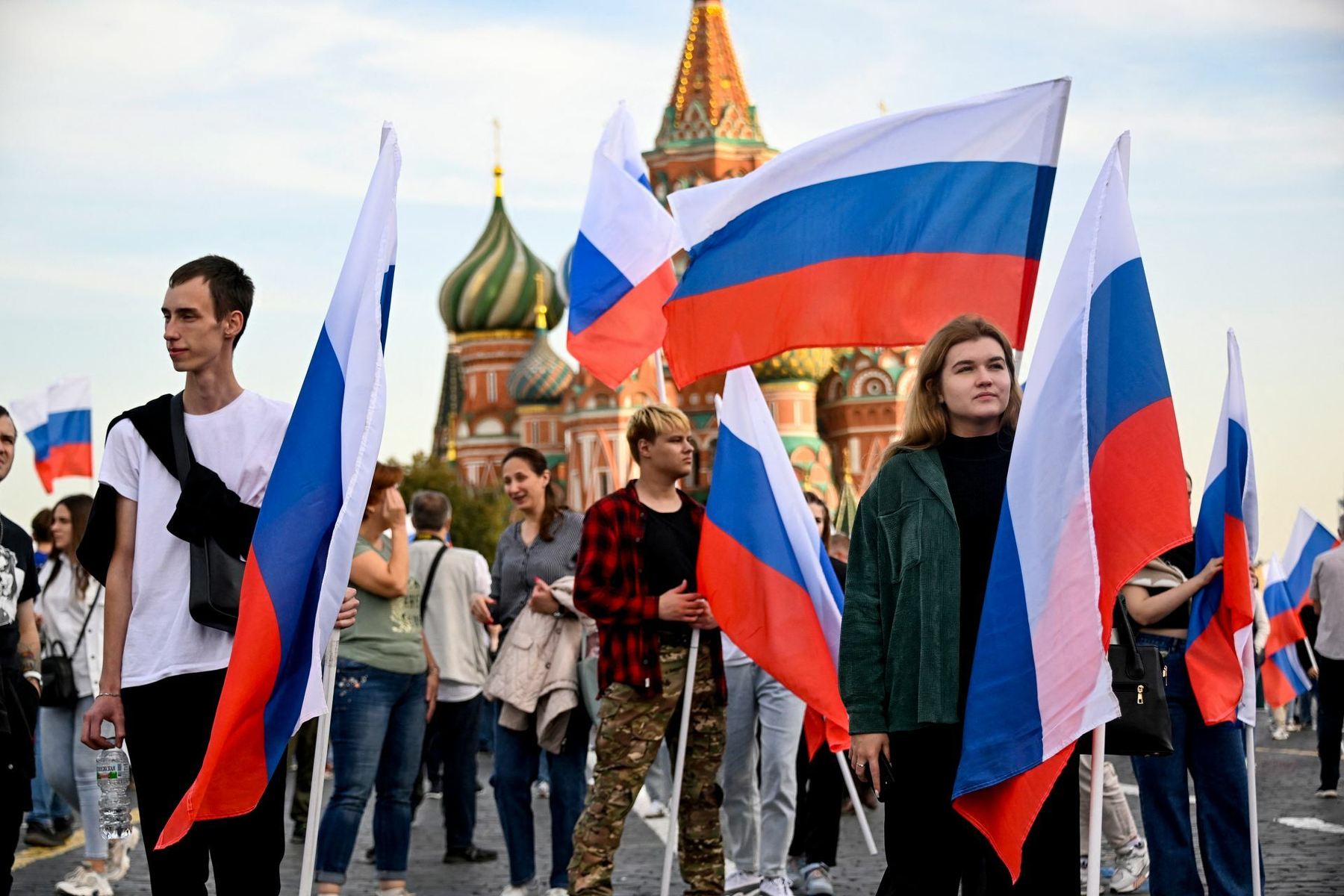
About the author: Archil Jangirashvili is a Georgian lawyer and academic specializing in law, political ethics, and human rights.
The question of whether Russian society bears responsibility for Vladimir Putin’s actions has been raised repeatedly …
Ukraine
Russia
Photos
Man who couldn’t evacuate from Kupiansk for a month after stepping on mine gets treatment in Kharkiv
UKRAINE, KHARKIV, Dec. 18 — A man from Kupiansk who got injured on a mine while running away from Russian drones was transported to Kharkiv and treated there, reported Kharkiv military hospital on Facebook. Before that, he couldn’t evacuate from …
Russia
Photos
Russia’s Oreshnik ballistic missile deployed to Belarus, Lukashenko says

Ukraine
Russia
Putin claims Russia has 'liberated' 300 settlements in Ukraine, says offensive could accelerate
Russian President Vladimir Putin claimed that in 2025 his forces captured more than 300 settlements in Ukraine and said the Russian military can “increase the pace” along key fronts.
Putin’s comments about the Russian military’s “successes” in the …
Ukraine
Photos
Nearly 60% of Ukrainians see Zelensky as responsible for his associate's role in major corruption scandal, poll shows

Ukraine
Photos
Zelensky supports online voting in future presidential election
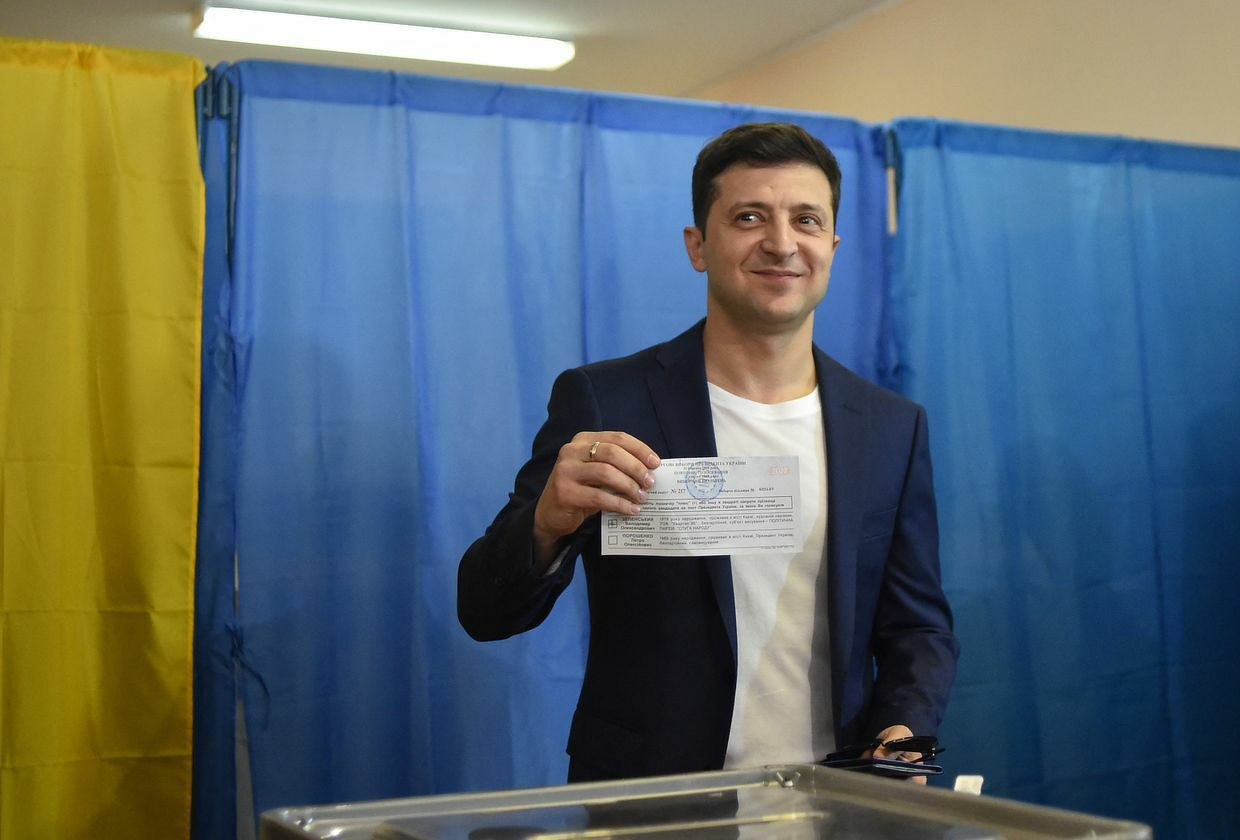
Russia
Photos
30,000 Russian losses per month – US “platinum” guarantees and a new phase of the war
Russia
Photos
❗️Russians are allocating record budgets not for peace, but for war, says Zelenskyy #shorts
Ukraine
Photos
Product Manager

Ukraine
Photos
❗️Without the tranche in spring, Ukraine will significantly reduce drone production, says Zelenskyy
Ukraine
Russia
Photos
Ukraine war latest live: Ukrainian forces say they counterattacked near Lyman — and wiped out a Russian regiment



